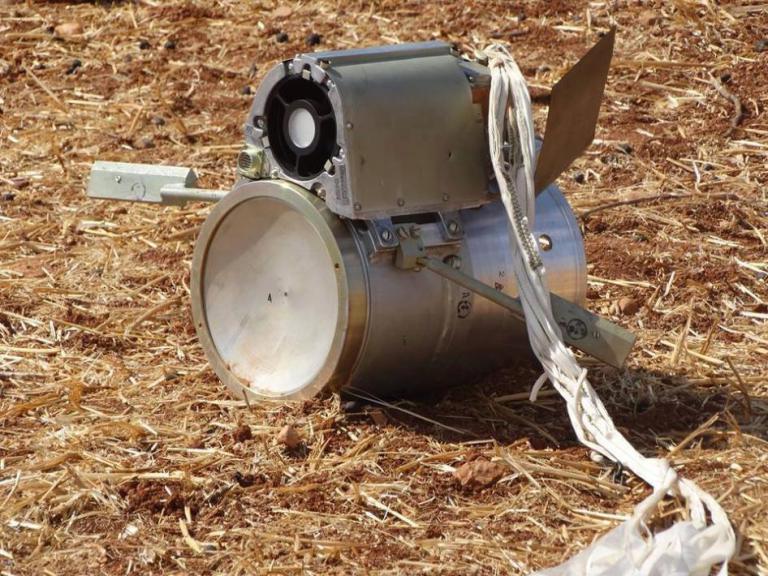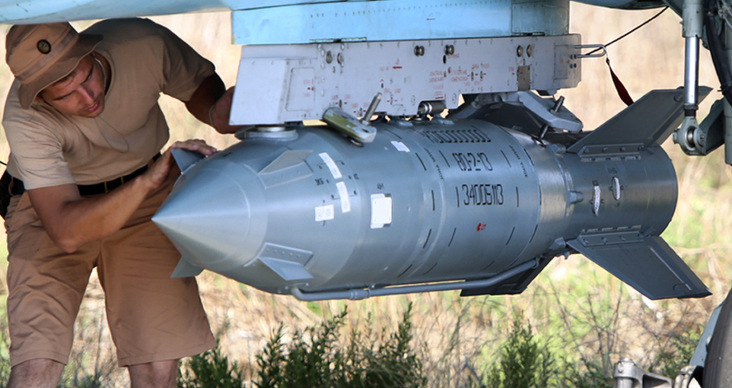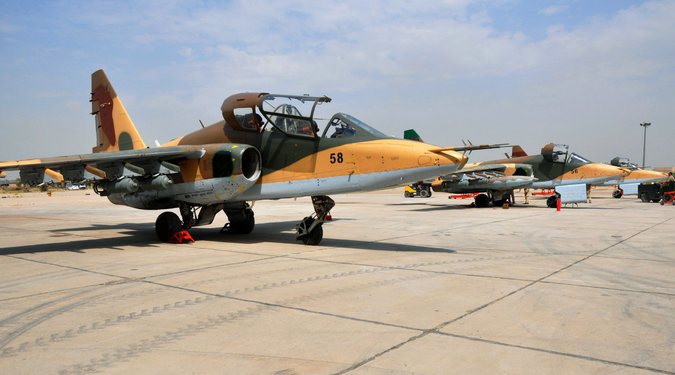Nadim Houry, deputy Middle East director at Human Rights Watch says that “Neither Russia nor Syria should use cluster munitions, and both should join the international ban without delay.” He raised his complaint after the use of cluster bombs by Russia this month.
The international treaty is the Convention on Cluster Munitions adopted in Dublin in 2008 and became effective in August 2010 after more than 30 nations ratified it.
The ban on Cluster bombs does not work and has not stopped their use. The Convention should be changed and it can be improved.
Russia and the United States have not signed the Convention, and neither has Syria. Since the US and Russia are the top producers of cluster munitions, the Convention on Cluster Munitions has little impact. The US has used these weapons widely in Iraq and may still be using them against ISIS targets. Russia has provided them to many countries, including India, Serbia, and over 20 others. Saudi Arabia is deploying cluster bombs in Yemen, while Ukraine is using them against the Russian-backed insurgency in Donetsk. Recently, the Sudanese air force used cluster bombs in South Kordufan against the Sudan People’s Liberation Movement-North (SPLM-N), which is connected to the Sudan People’s Liberation Movement (SPLM) in South Sudan. These bombs are anti-personnel types and are thought to be old Russian-made RBK-500s.
The type of weapon apparently used by the Russians or Syrians is known as a sensor fuzed weapon. This is an advanced type of cluster bomb, one that can be described as a smart cluster bomb.
Cluster bombs come in many different “flavors” that include types that are primarily anti-personnel weapons; anti-armor cluster bombs; anti-electrical cluster bombs and even chemical weapon cluster bombs such as the US M-134 cluster munition for the Honest John missile that was designed to dispense Sarin nerve gas submunitions.
The SPBE-D is an IR (Infra-Red) heat-seeking sensor fused Misznay Schardin shaped charge submunition. Misznay Schardin refers to a type of explosive blast that spreads outward from the surface of an explosive. This bomb and its individual submunitions are meant to target armored and light vehicles. It is said that the weapon can eliminate up to six tanks at once.
Sensor Fused Russian Anti-armor bomblet
When the cluster munition is dropped there is a predetermined time delay, after which it ejects parachute-equipped submunitions. “These spin in a controlled fashion, sweeping the area below for targets. Upon functioning, the SPBE series submunitions fire an explosively-formed penetrator (EFP), which is believed to be capable of penetrating approximately 70 mm of rolled homogeneous armour (RHA) at an angle of 30 degrees, from a distance of 100 m.”
The SPBE-D munitions have been provided to Syria and have been used by the Syrians. However, the Russians have sent the latest model called the KAB-500S to Syria where they are being used on the Su-34’s, one of Russia’s most advanced fighter-bombers. “The KAB-500S is a GLONASS-guided munition, operating on a similar principle to GPS-guided munitions produced by the United States and other western countries. The KAB-500S series are the only satellite-guided PGMs in Russian service; other available models use laser or electro-optical (TV) guidance. The accuracy of the KAB-500S is given by the manufacturer as 7-12 m; laser-guided and TV-guided equivalents have a stated accuracy of 4-7 m.” ( see http://armamentresearch.com/russian-forces-deploy-kab-500s-pgm-in-syria/ )
In this photo taken on Saturday, Oct. 3, 2015, Russian military support crew attach a satellite guided bomb to SU-34 jet fighter at Hmeimim airbase in Syria. (AP Photo/Alexander Kots, Komsomolskaya Pravda, Photo via AP)
A video of an Su-34 dropping the KAB-500S has been published on YouTube by the Russian Defense Ministry.
The video shows the Su-34 releasing the cluster bomb and two video clips on an attack on vehicles parked around what appears to be a large building. The first clip shows the cluster bomb exploding on the right side of the structure; the second clip shows the bomb exploding on the left side of the building. The KAB’s infrared sensors pick up the heat sources from the engines of the vehicles and aims for those targets.
The Russians have been broadcasting on RT a series of American-style newscasts featuring Russians weapons and how they are being used. .
In some cases different types of targets can be handled by a single cluster bomb containing different types of sub-munitions, such as anti-personnel and anti-armor.
Recently, Iraq’s air force struck a convoy in western Anbar province that included ISIS leader Abu Bakr al-Baghdadi. While the press has largely focused on whether the Iraqis were able to kill Abu Bakr al-Baghdadi, little attention has been given on the means. Iraq has 12 Su-25 jets provided by Russia, but it is not certain these are fully operational. In the meantime Iran has provided Su-25 jets to Iraq flown by Iranian pilots against ISIL targets. These may have been equipped with Bina laser guided bombs or cluster bombs supplied by the Russians. We don’t really know.
Iranian-supplied Su-25 in Iraq
Notwithstanding the Convention on cluster bombs, it would seem that cluster bomb munitions are here to stay. The rationale for banning cluster bombs turns mainly on the harm done to civilians by unexploded bomblets. This was illustrated by early cluster munitions used by the United States in Iraq and it was reported that some 10,000 cluster munitions remained unexploded in that country (http://www.theguardian.com/world/2003/jun/01/iraq.foreignpolicy1). Overall up to 30% of cluster submunitions do not explode when they are used in combat (https://news.vice.com/article/us-cluster-bombs-keep-killing-civilians-in-yemen).
Consideration might be given to outlawing the anti-personnel types of cluster bombs or finding a way for cluster munitions to automatically become inert and non-functional if they do not explode on contact. If the Russian KAB-500 does not find a target it does not explode and, supposedly, will not explode. It should be possible to develop fuses that automatically go inert after a fixed time period, such as 5 minutes. This would help minimize the possibility of civilian deaths caused by unexploded cluster bomblets. Small beacons that would identify unexploded bomblets would also be helpful in finding, removing and neutralizing unexploded bomblets. In short, both Russia and the United States, perhaps others, certainly have available technology that would make these weapons less harmful to civilians after the battle.
The Convention on Cluster Munitions ought to be revised. While human rights organizations don’t like cluster bombs and condemn all of them unreservedly, a more practical approach is needed. The above suggestions would be a right step in the direction of a workable solution.


